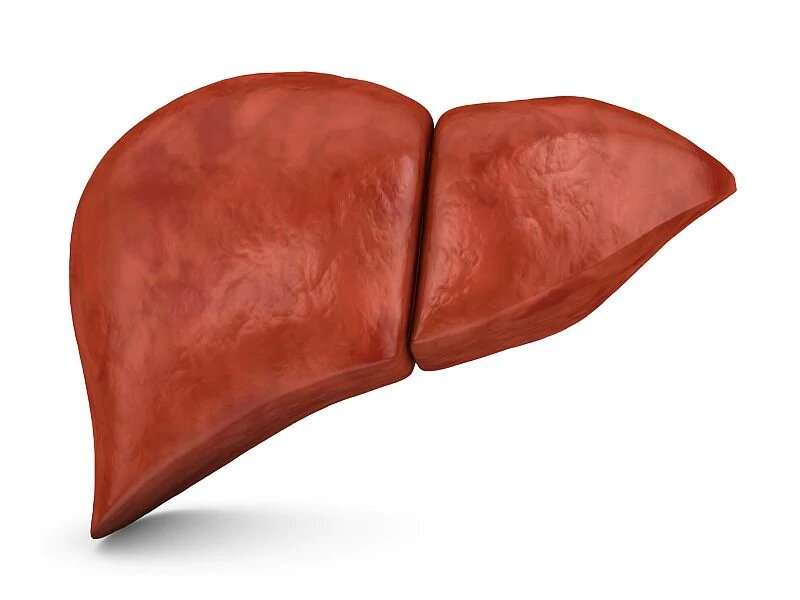(HealthDay)—The risk of stillbirth is increased in women with intrahepatic cholestasis of pregnancy when serum bile acids concentrations are ≥100 µmol/L or more, according to a review published in the March 2 issue of The Lancet.
Caroline Ovadia, from King's College London, and colleagues conducted a systematic literature review to identify studies defining intrahepatic cholestasis of pregnancy based upon pruritus and elevated serum bile acid concentrations, with or without raised liver aminotransferase concentrations. The goal was to determine whether elevated bile acid concentrations were associated with the risk of stillbirth and preterm birth based on 23 studies eligible for the aggregate data meta-analysis (5,557 intrahepatic cholestasis of pregnancy cases and 165,136 controls) and 27 studies with individual patient data (5,269 intrahepatic cholestasis of pregnancy cases).
The researchers found that stillbirth occurred in 0.83 percent of 4,936 intrahepatic cholestasis of pregnancy cases and in 0.32 percent of 163,947 control pregnancies (odds ratio [OR], 1.46; 95 percent confidence interval, 0.73 to 2.89). Maximum total bile acid concentration was associated with stillbirth (area under the receiver operating characteristic curve [ROC AUC], 0.83), but alanine aminotransferase was not associated with stillbirth in singleton pregnancies (ROC AUC, 0.46). Compared to women with serum total bile acids of <40 µmol/L, the prevalence of stillbirth was higher in those with bile acids ≥100 µmol/L (hazard ratio [HR], 30.5; 95 percent confidence interval, 8.83 to 105.3; P < 0.0001).
"Because most women with intrahepatic cholestasis of pregnancy have bile acids below this concentration, they can probably be reassured that the risk of stillbirth is similar to that of pregnant women in the general population, provided repeat bile acid testing is done until delivery," the authors write.
More information:
Abstract/Full Text
Editorial
Journal information: The Lancet
Copyright © 2019 HealthDay. All rights reserved.




















